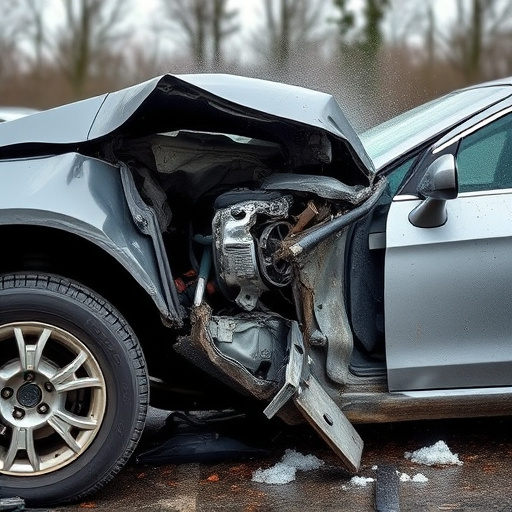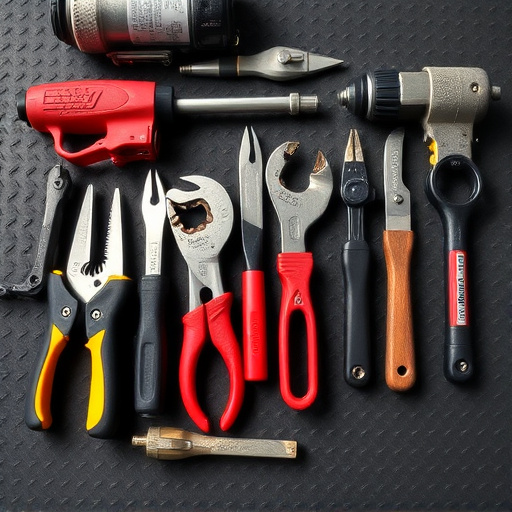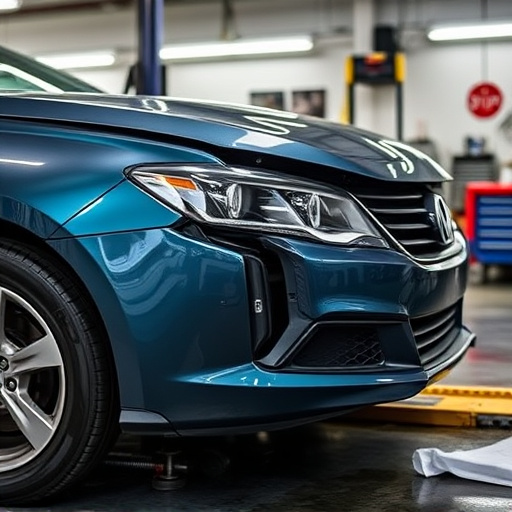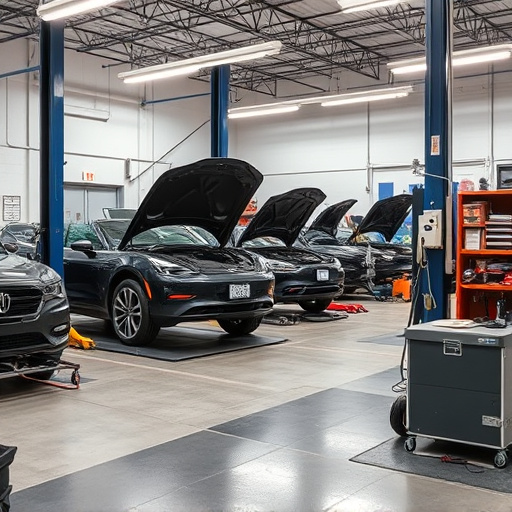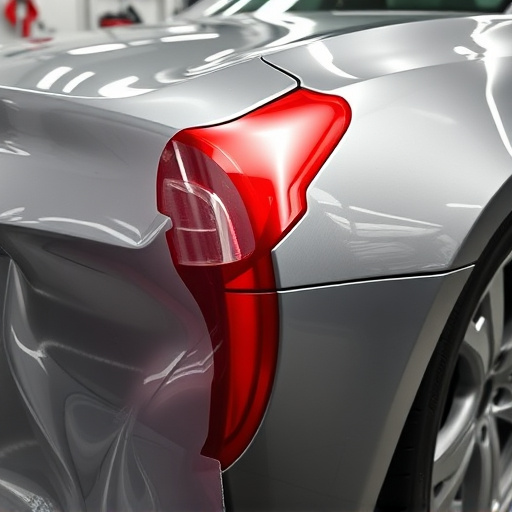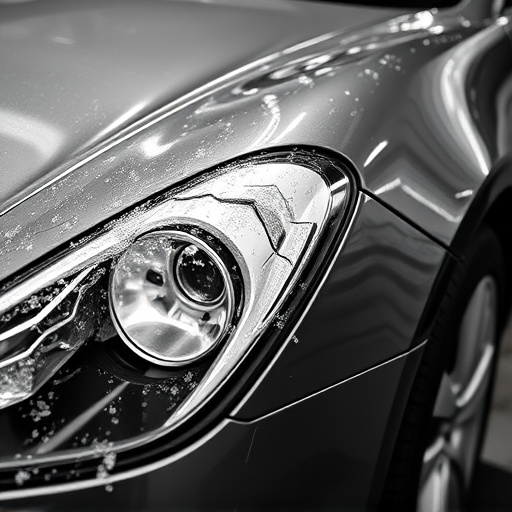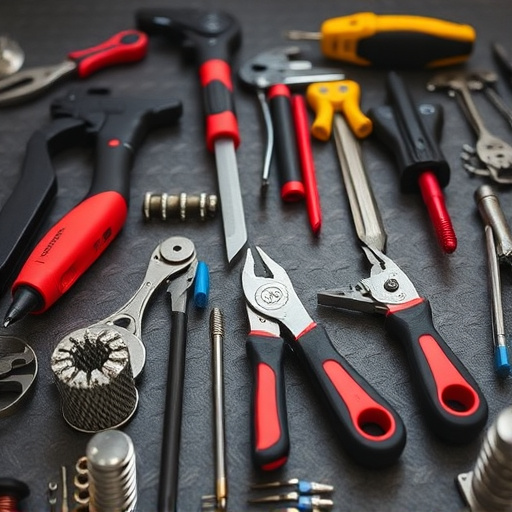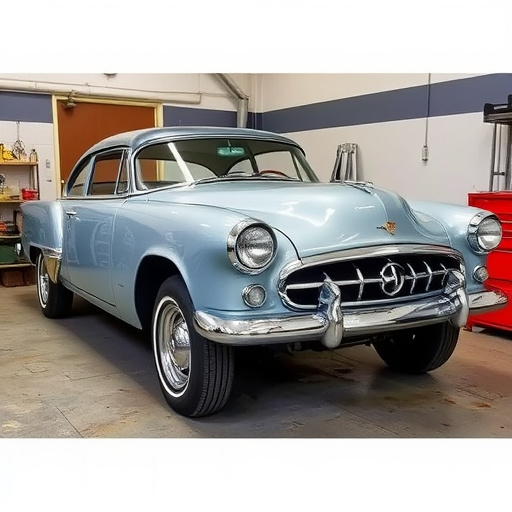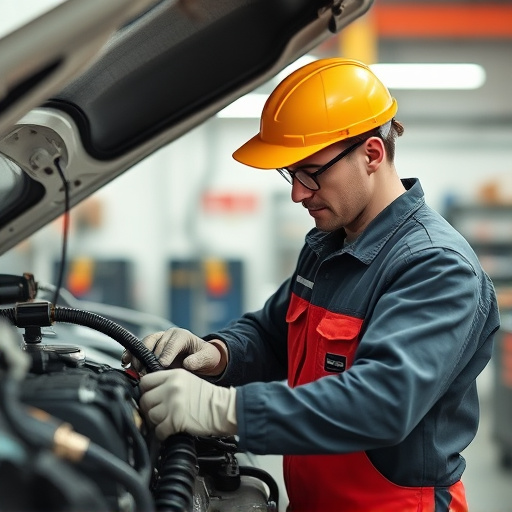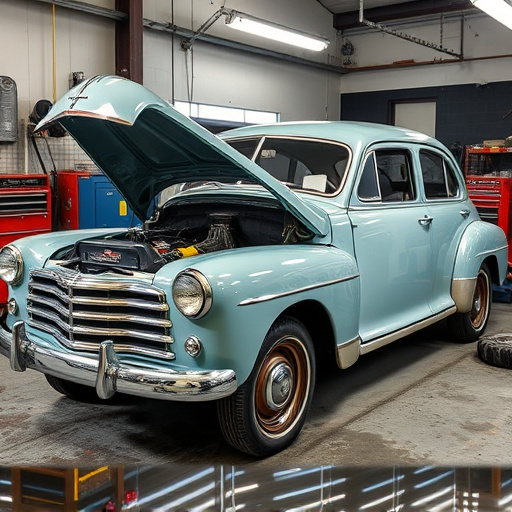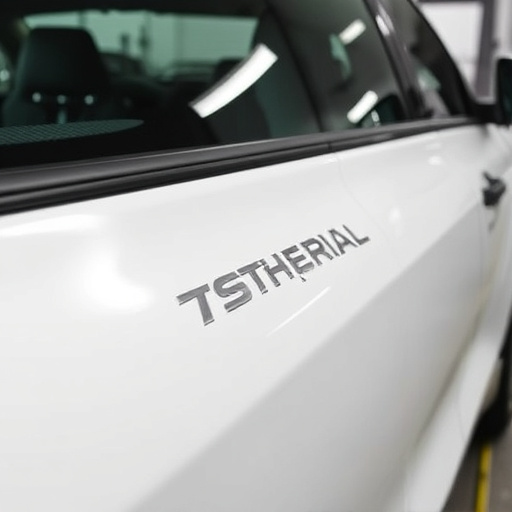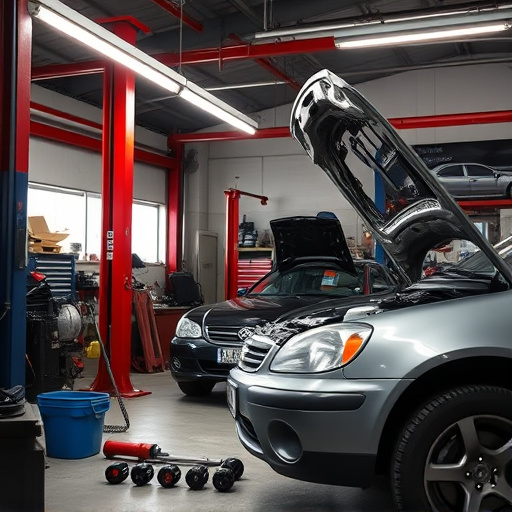Cooling system accident damage, caused by collisions or neglect, poses severe risks. Regular maintenance and timely repairs prevent failures leading to overheating and vehicle damage. Strange noises, smells, or temperature readings warrant immediate attention from reliable car repair services. Pull over safely, assess leaks carefully, never ignore warning signs, and wear protective gear for accurate repairs. Prompt assessment of cooling system damage after accidents prevents future complications, ensuring safe and reliable driving.
Driving with a damaged cooling system can be risky. Learn how to navigate the road safely after such an incident. This article guides you through understanding cooling system failures, immediate safety steps post-damage, and essential repair and prevention strategies. A cooling system leak or malfunction isn’t just inconvenient; it’s a potential hazard. With the right knowledge, you can minimize risks and ensure your well-being on the road.
- Understanding Cooling System Failures and Risks
- Immediate Safety Measures After Damage
- Repairs and Prevention Strategies for Future
Understanding Cooling System Failures and Risks

Cooling system failures can occur due to various reasons, often resulting in significant risks while driving. Accidental damage, such as that caused by a collision, is one of the common causes. A cooling system accident can lead to overheating of the engine, which not only damages the vehicle but also poses a safety hazard for drivers and passengers. It’s crucial to understand these potential issues and their effects to ensure safe driving practices.
Regular maintenance and timely repairs are vital in preventing such failures. If your vehicle experiences strange noises, unusual smells, or temperature readings, it might indicate a problem with the cooling system. Seeking prompt assistance from reliable car repair services or visiting an auto collision center for vehicle body repair can help address these issues before they turn into major crises on the road.
Immediate Safety Measures After Damage
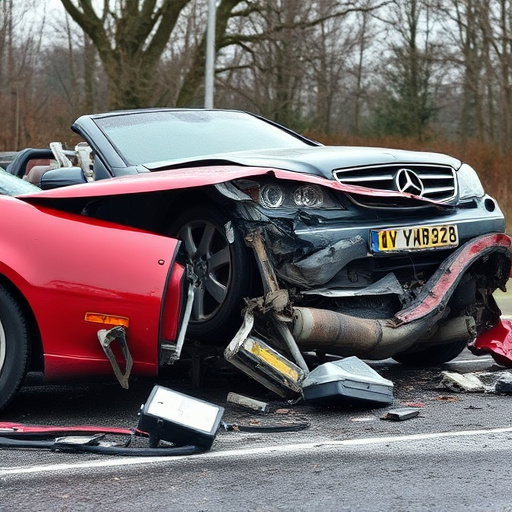
If your vehicle experiences cooling system accident damage, it’s crucial to take immediate safety measures. First and foremost, pull over to a safe location as soon as possible. Turn off the engine and engage the parking brake to prevent any further movement of the vehicle. If you’re on the highway, try to find a dedicated emergency lane or a shoulder where you can stop securely. Once parked, assess the damage—leaks from your cooling system could indicate a rupture or severe internal issues, so proceed with caution. Never ignore warning signs like steam emerging from under the hood or unusual hissing noises coming from the engine bay.
While waiting for assistance or attempting basic auto glass repair if the damage is minor, ensure your safety by donning protective gear, including gloves and eye protection. If you’re unsure about handling any repairs yourself, contact fleet repair services that offer specialized automotive body work. Their expertise in dealing with cooling system accidents ensures not only the safety of your vehicle but also that essential components are replaced accurately, preventing further damage or breakdowns down the road.
Repairs and Prevention Strategies for Future

After assessing the extent of cooling system damage following an accident, it’s crucial to prioritize repairs as soon as possible to prevent further complications. Many vehicle owners tend to overlook smaller issues, assuming they’re cosmetic, but even a seemingly minor dent repair in the vehicle bodywork could compromise the integrity of the cooling system. This is especially true for components like radiators and condensers, which are essential for maintaining optimal engine temperature.
To mitigate risks in the future, consider preventive measures such as regular maintenance checks that include inspecting and replacing worn-out parts. Additionally, ensure timely car collision repair after any accident to address structural damage that could impact the cooling system’s alignment or placement within the vehicle. By combining prompt repairs with proactive maintenance, you can significantly reduce the chances of experiencing a catastrophic cooling system failure while driving.
Cooling system accidents can be dangerous, but with prompt action and proactive maintenance, drivers can minimize risks. After experiencing damage, take immediate safety measures, such as pulling over and consulting a professional mechanic. Regular checks and repairs prevent future failures, ensuring a safer driving experience. By understanding the risks and implementing preventive strategies, you can confidently navigate the road even with cooling system challenges.

